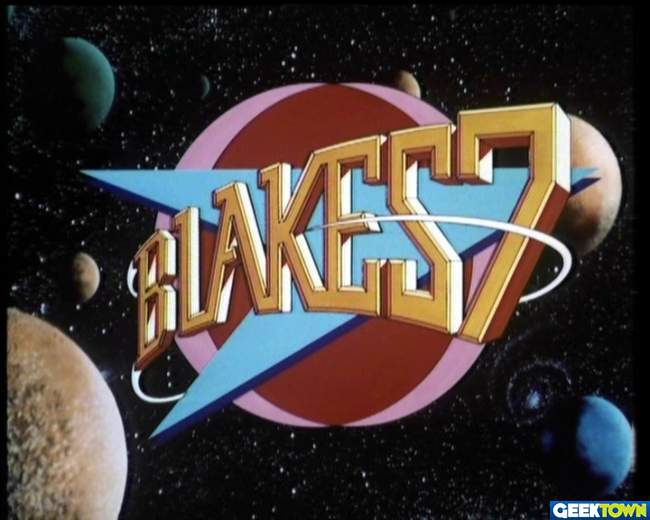Scenery-type builds aren’t something I do a lot of. I have some ambitions in that direction, but I always feel like I’m stymied by lack of appropriate pieces.
This model, for instance, would be vastly improved by being properly tiled, but my stocks of tiles are small and not conducive to paving large areas. Getting hold of a supply of 6×6 and 2×4 tiles is on my list, but it has to compete with all the other stuff I want. It hasn’t happened yet.
You’ll remember a few posts back me raving about some forgotten starship from an obscure 1970s TV show? Well, I decided to have a crack at building the flight deck.

Flight deck of the Liberator
Even the show’s terminology was different. Star Trek would have called it the bridge, but in Blake’s 7 it was a “flight deck”.
Its unique auditorium-like design with those various control-station pods was dramatically unlike anything Trek ever came up with, but it works. Every one of the crew has a good view of the viewscreen and can see what’s going on, unlike TOS’ Enterprise, which had several of its bridge crew facing banks of flashing lights or staring into microscope-like devices.

Alternate, more head-on view, from Season 1 Episode 13, when the crew acquire ORAC.
In addition, Liberator‘s flight deck doubles as a sort of crew lounge area. With most essential functions under the control and direction of the ship’s computer Zen and a vastly smaller human crew, the lounge element meant that there was a place where the crew could relax and still have near-immediate access to the ship’s systems in case of sudden attack by Federation pursuit ships.
Also, Blake’s 7 was produced by the BBC in the ’70s, which means very low-budget for such a high concept, and putting the crew lounge and the flight deck together meant they only had to build one set.
Anyway, I built the Liberator‘s flight deck, including the armatures of the manual flight controls at the central pilot’s station. It’s rather studdy, and it should really be dark brown or black rather than grey, but it’s ok for a first try, I guess.
Minifigure head and hair availability mean that I need to build the non-racially-diverse early crew, with Blake (in the lounge area), Avon (lower right), Vila (lower left), Jenna (pilot’s station), Cally (upper right) and Gan (upper left). The fact that Gan’s still alive and the box-of-flashing-lights supercomputer ORAC is on his table place this in the first half of Season 2, because ORAC wasn’t acquired until the final episode of Season 1, and Gan was killed off halfway through Season 2.
Tnat’s another thing Blake’s 7 did better than the original Trek: main characters weren’t immortal, and deaths had consequences. It took at least 2 episodes for the crew to get over Gan’s death; they weren’t all happy-happy back-to-normal the next week, or later that same episode, like when a Trek redshirt got offed in order to prove the situation was serious. Of course, Liberator‘s crew were civilian rebels rather than pseudo-military like Starfleet. I guess you could argue the Redshirts signed up for getting shot at or eaten by monsters.
Each of the crew had a sort of role, but not exactly an official military-type one like Communications Officer or Chief of Security. They were more like the team roles in a quest party in an adventure game, but not quite that, either. Blake was the group’s leader (though Avon would occasionally dispute this, he usually followed anyway), the one with the real burning desire to take down the Federation. Avon I described before as an anti-hero; he was also the crew’s resident computer genius. Since most of the crew were convicts, he had been placed on the shuttle to the penal colony for a massive computer fraud scheme. Vila was an expert thief, something of a loveable coward, and smarter than first appearances. As he said, “there isn’t a door I can’t open, if I’m scared enough”. Jenna was an expert pilot and Blake’s other chief lieutenant. She’d been sent to the prison planet on a smuggling charge, and was one of the more committed to Blake’s cause. There were fan rumours of a romance between her and Blake, but you never saw anything on screen. Cally was an alien and a telepath (though she looked human), and the only one of the original crew not acquired from the group sent out to the penal colony Cygnus Alpha. And Gan was the team’s muscle; a massive bruiser of a guy, but one with a cybernetic “limiter” implant that made him unable to kill.
Anyway, here it is. The flight deck of the Liberator. I hope you like it.















